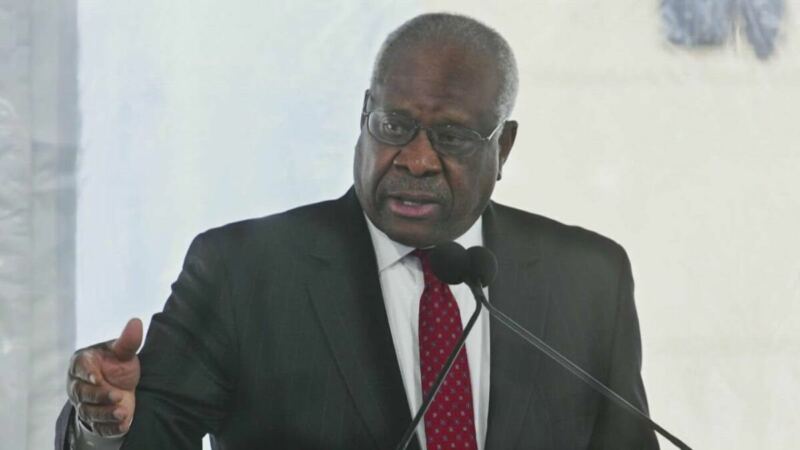Justice Thomas Challenges Landmark Supreme Court Ruling
In a recent development that has sparked controversy and ignited a heated debate, Supreme Court Justice Clarence Thomas has voiced his dissent against a landmark defamation ruling. This ruling, known as the New York Times v. Sullivan, established the “actual malice” standard for defamation lawsuits involving public officials or candidates for public office.
The case at the center of this controversy involves Don Blankenship, a former coal company CEO who ran for president in 2020. Blankenship filed a lawsuit against major news outlets, including CNN and Fox News, alleging that they defamed him during his unsuccessful 2018 U.S. Senate campaign. He claimed that these outlets described him as a “felon,” despite never being charged or convicted of a felony.
However, both the district court and the 4th U.S. Circuit Court of Appeals ruled against Blankenship, stating that the media outlets did not act with “actual malice” and did not meet journalistic standards. The Supreme Court recently rejected Blankenship’s appeal, leaving the lower court’s ruling intact.
The New York Times v. Sullivan ruling, issued in 1964, set a precedent for defamation cases involving public officials or candidates. It established the “actual malice” standard, which requires plaintiffs to prove that the defendant knew the statement was false or recklessly disregarded its truthfulness. This standard provides a higher threshold for public figures to succeed in defamation lawsuits.
Justice Thomas has long been critical of this ruling, and in his recent opinion, he called for the Supreme Court to reconsider the New York Times v. Sullivan decision. He argued that the court overstepped its bounds and imposed its own elevated standard, which deviated from the original meaning of the First Amendment. Thomas believes that the historical record used to justify the ruling was based on a loose inference and limited analysis.
Justice Thomas is not alone in his dissent against the New York Times v. Sullivan ruling. Justice Neil Gorsuch has also expressed his reservations about the standard, calling for its reconsideration. Similarly, Justice Elina Kagan has criticized the ruling in previous public comments. However, it was Justice Thomas who issued a formal opinion on the matter.
The dissenting opinions of Justice Thomas and others have reignited the debate surrounding the “actual malice” standard. While the Supreme Court did not take up the question of revisiting the ruling in the Blankenship case, the dissenting voices highlight the potential for future challenges to the New York Times v. Sullivan decision.

If the Supreme Court were to revisit and revise this landmark ruling, it could have far-reaching implications for defamation cases involving public officials and candidates. The burden of proof for plaintiffs could be lowered, making it easier for them to succeed in defamation lawsuits.
The debate surrounding the New York Times v. Sullivan ruling goes beyond legal technicalities. It raises questions about the role of the press in a democratic society and the importance of freedom of speech. Critics argue that the ruling provides necessary protection for the press to fulfill its watchdog function and hold public officials accountable. On the other hand, proponents of revision argue that the current standard allows for potential abuse by media outlets and undermines the reputation of individuals in the public eye.

